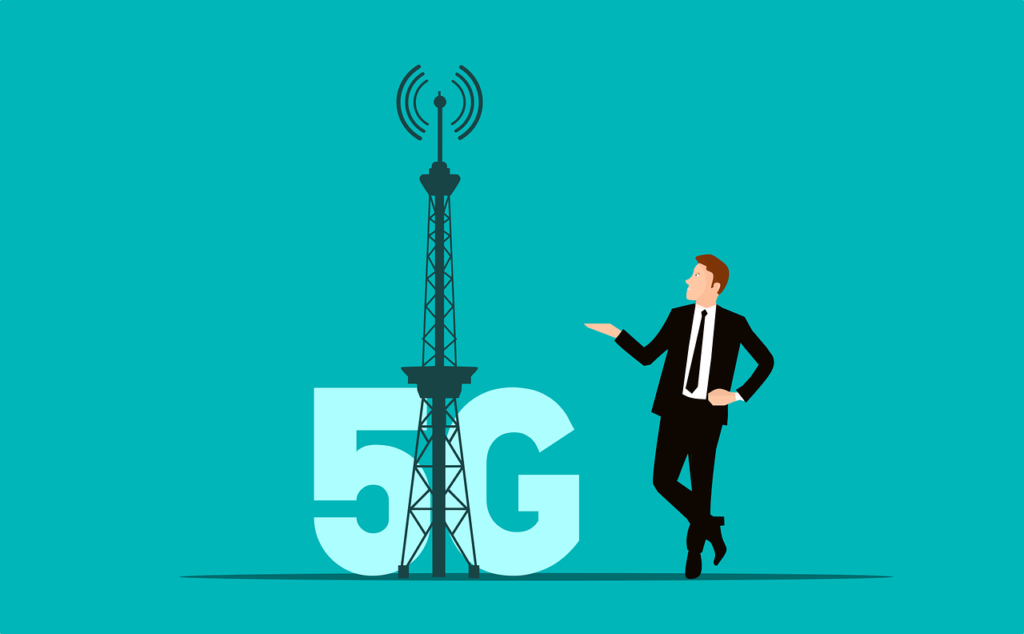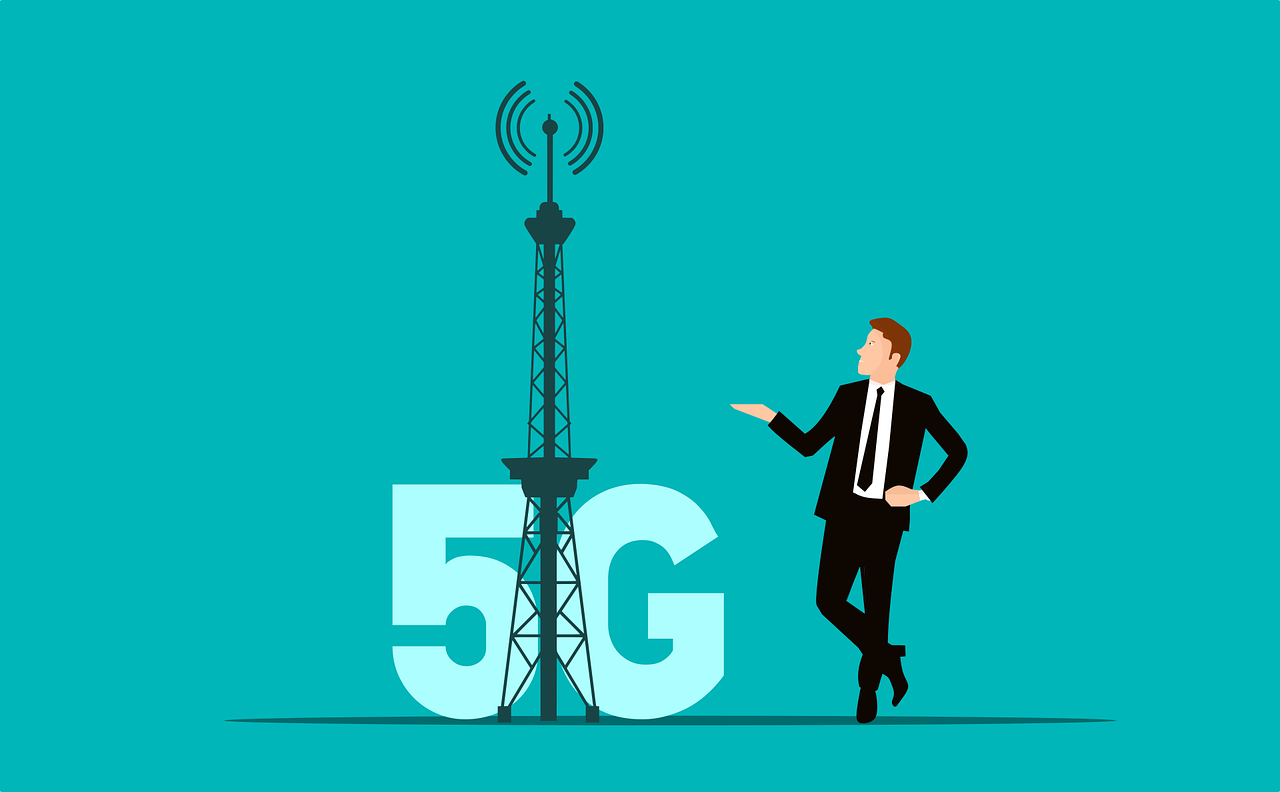
Time waits for no one, but neither does innovation. What started with dial-up phones has led to bezel-less phones and network speeds unimaginable. We stand at the precipice of a networking breakthrough with 5G on the horizon. Yet, it seems to be shrouded in scepticism.
The road to 5G
The 5th Generation of networking, 5G, was meant to revolutionise how electronic devices interacted with each other, in a never-seen-before way. That being said, the arguments against 5G are not entirely baseless.
Before we dive into those, we must first understand what 5G aims to achieve. Over the due course of time, the goal of each subsequent networking generation has been to render its predecessor obsolete.
It all started with 1G. If you’re not sure what it was, imagine phones the size of bricks. These were analog wireless communication devices. With the invention of 2G, we were blessed with digital calls, advancement in electronics saw our phones shrink drastically.
The advent of 3G brought data to mobile phones. Finally, there was internet access everywhere you went. Even though these speeds weren’t suitable for heavy use, they made internet connections accessible to a large population. Then along came 4G, bringing broadband speeds to another level, thus blowing 3G out of the water. This led to a massive boom in cellular network consumers.
5G aims to have a similar goal and impact— to enable incredible internet speeds and the ability to link thousands of devices with very low latencies. It could change the way urban centres, manufacturing hubs, and even how our daily lives function, for that matter.
This is possible because of the extremely high speeds it will provide. This means that 5G will enable near-instant streaming of high-quality video and audio streams. The ultra-low latency the network offers will mean that lag would be non-existent and communication more seamless than ever before. This would bring about unparalleled gaming experiences.
It also means that 5G can be used to connect an entire city— syncing traffic cameras, police cars, traffic signals and other essential facilities instantly. The wide bandwidth would ensure no problems with congestions.
Entire factories could be linked together without a single wire and with zero delays in communication. IT hubs would be using the network’s full potential for easy access to massive volumes of data instantly. Self-driving cars could stream weather and traffic data on the go. Doctors could be trained in high definition Virtual Reality streaming. The possibilities are endless.
Limitations
Our world view is teetering on the edge of being changed forever, to the degree of what we see in science fiction movies. However, 5G still being a radio wave means that there will be limitations.
Also called MillimeterWave (mmWave) 5G, it utilizes the range between 24Ghz~45Ghz. A downside is that operating on a higher range of frequencies on the gigahertz spectrum means having severely limited coverage. 4G, one the one hand, operates on 2~8Ghz, and this frequency ensures coverage ranges up to roughly 16 kilometres per cell tower. This is in stark contrast to mmWave 5G, requiring an average of 32 cell towers for the same amount of coverage.
While a 5G network will provide speeds above 1~2 Gigabits per second, the higher frequency waves cannot penetrate most surfaces and objects. This would require a strictly “line of sight” mode of transmission. This theoretically will be implemented in dense urban areas with high network congestion. The higher bandwidth on 5G will mean that speeds won’t drop with a large number of users, thereby making it perfect for concerts, stadiums, libraries, and other such areas.
The alternative to this has been a wave frequency called Sub-6, which stands for below 6Ghz. It provides a much higher coverage than mmWave 5G at the cost of speed.
For all intents and purposes, the most advertised 5G usage in the world is currently Sub-6 5G. Even phones that advertise 5G capabilities are often limited either by hardware or software to utilise only Sub-6 5G. This is also because mmWave enabled chips have proven to have higher power requirements from phones.
5G in India
As for the 5G implementation in India, it’s not solely in the hands of telecom giants. To use any frequency band for communication, it must be purchased at an auction held by the government.
Currently, there hasn’t been any sale of 5G bands in India. However, the Department of Telecommunications (DoT) does allegedly plan on auctioning Sub-6 bands. They also plan on doing the same with mmWave bands further down the line. However, India is yet to implement infrastructure that will even be able to utilise Sub-6 as it will be the network most accessible to all.
Amidst an unforeseen pandemic, the world’s priorities were drastically shifted away from 5G and rightfully so. This meant delaying a future that many have looked forward to. However, we must remember that the boundless possibilities are the utmost utilization of 5G, which are years from materializing due to financial and political constraints. Moreover, India is yet even to lay the foundation on which 5G is to be developed; so while we can be optimistic about the future of 5G, it will require a great deal of patience as well.
Written by Gautam Marathe and Sneh Parab for MTTN
Edited by Ishita Gaur for MTTN
Featured Image by Mohamed Hassan via pixabay.com

Leave a Reply
You must be logged in to post a comment.